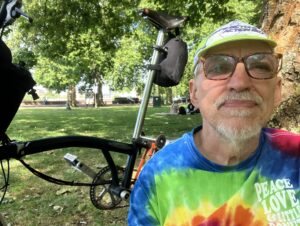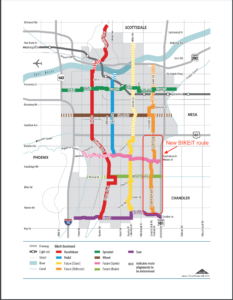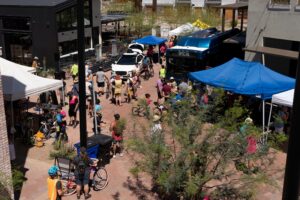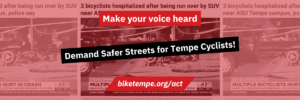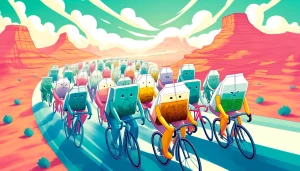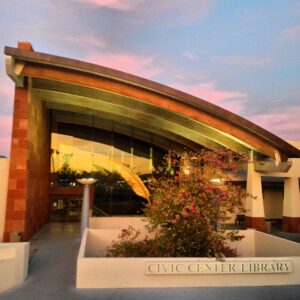What does TBAG do??
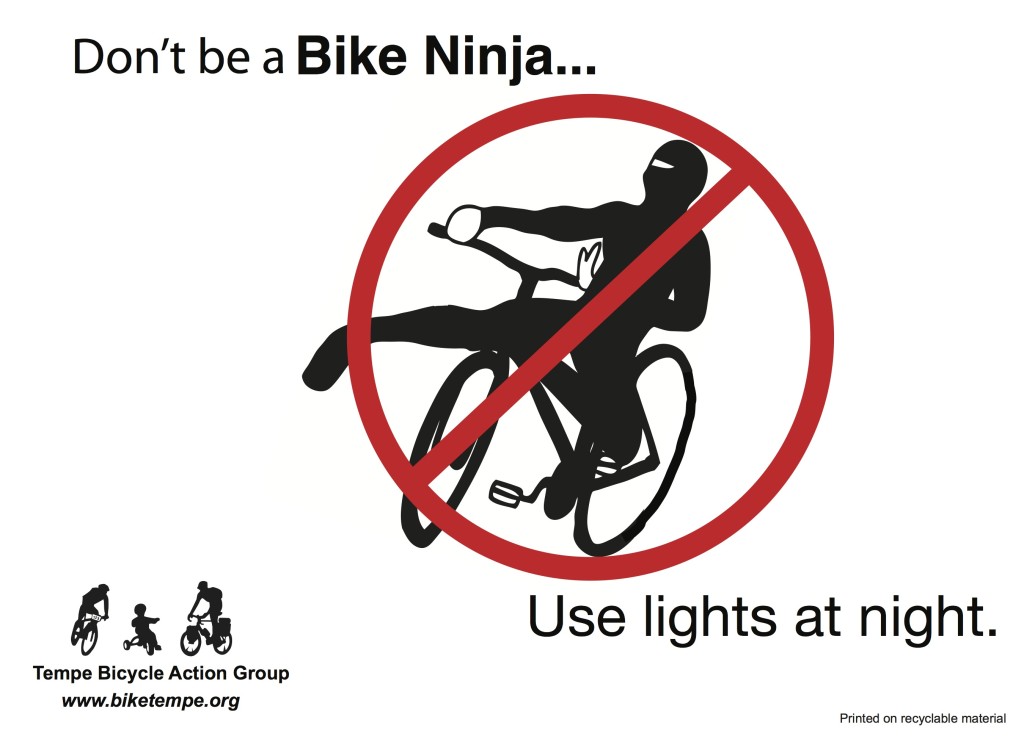
Sometimes we are presented with this question. Occasionally the initial response may be. . . thinking/reflection/’buffering’ but when we received an email about some specific areas of interest our beautiful president Steven was easily able to field it.
This is because each of the volunteers at the Tempe Bicycle Action group does a few things but together we do a lot. Some of us crossover into multiple project and some are more singularly focused but enough of my blabbering, here’s Stevens reply to Logan at ASU;
1. Are you currently doing anything to promote better public bike safety? If so, what?
Most of the work TBAG does is behind the scenes, so to speak. Here’s a quick overview:
- Handing out free bicycle lights and educating cyclists on the legal requirements for bicycle lights through funding from a ASU & State Farm
- Notifying City, County, or State officials of unsafe routes
- Lobbying for model policy implementation (e.g. NATCO guidelines for cycling lanes)
- Supporting / assisting with grant applications for improved
- Conducting bicycle counts and purchasing equipment for
- Community education / outreach events
- Educating law enforcement on cycling laws and safety
And plenty more. If you have questions on any specific type of activity, reply back and we can get you more details!
2. When did you realize the importance and need for better safety for cyclists?
TBAG was founded in 2007 by several ASU students frustrated at freeway expansion dividing North-Central Tempe into an island without plans for accessible pedestrian and active mobility routes through and around the freeways. A very good example is the I-10 which has lacked any decent cycling routes to get from Tempe to South Phoenix until the current I-10 Broadway Curve expansion (try getting across I-10 on Broadway or Southern)!
For me personally, I started cycling regularly during the pandemic. In late 2020, I was biking along the green belt in Scottsdale in the middle of the day on a separated multiuse path and a motorist blew through a stop sign on a road going perpendicular to the multiuse path and clipped the back of my bike. It was the first time I realized that safe transport involves all of us working together. Safe infrastructure, good signage, attention, defensive cycling, and so much more are all important pieces.
3. How often are you personally affected by insufficient safety and access for cyclists?
While the full data for fatalities and injuries in 2022 hasn’t been collated yet, we know on average 20 cyclists are killed in crashes with motor vehicles per year and on average another 2 cyclists EVERYDAY are injured in Maricopa County (https://azmag.gov/Programs/Transportation/Safety-Programs/See-Me-AZ#crash-data). The injury numbers are likely vastly under reported. Safer roads impacts everyone, it’s not just a problem for people who are injured . We all deserve to live in safer, healthier, and more enjoyable communities. Moving beyond motor vehicle only urban design creates a more enjoyable and livable city. If we designed 20% of our urban landscapes to only be accessible by cyclists, people would protest! Yet we routinely design 20% of our cities that can ONLY be accessed safely by motor vehicles.
Cyclists / active transport users safety is one piece of a bigger picture that considers all the ways we move through and enjoy our urban spaces. Most people will benefit from, improve their health, save money, and actually enjoy using other modes of transport to get less than 5 miles from their home. But we often make urban design choices that prioritize motor vehicles (look at all the space we waste on parking spots) and ignore everything else. That’s a long winded way of saying, from fatalities to climate change, health to accessibility, economic development to inclusivity, everyone benefits. Less safe roads don’t just hurt cyclists and pedestrians, they hurt everyone. Better designed urban spaces that allow multi-modal transport, create more vibrant and livable cities that we all benefit from. And frankly, I don’t think anyone wants to live in a city where even one avoidable pedestrian or cyclist dies because we didn’t implement straight forward design guidelines.
For me personally, there are places I will not cycle to for the lack of safe routes. My husband broke his femur recently while cycle from construction on a multiuse path. As a driver, there are plenty of streets I worry driving on for lack of good site lines.
4. What poses the largest threat to cyclists? / 5. What do you think is the best way to solve this problem?
I think it’s easy to say vehicles kill cyclists. While this is true in a literal sense, since almost all cycling deaths are the result of collisions with motor vehicles, the bigger problem facing safe cycling is poor policy. Less distracted, definsive motor vehicle drivers will always be great, but city and county design policies that create safer routes will have the greatest long term impact. We need to ensure all new construction meets minimum design guidelines, any changes to existing routes requires they get upgraded to meet minimum design guidelines (rather than just fixing whatever was needed for motorists), and additional funding allocated to renovate existing transit (not just recreation) routes (have you ever tried cycling East-West in mid- or South-Tempe?)!
6. Who in the community do you think needs to know about this issue?
Change starts with you! I have rarely interacted with a policymaker or transportation official who doesn’t agree with what I’m saying. I’ve also rarely interacted with a policymaker or transportation official who believes this is a top priority. If we want additional resources allocated to safer active transport infrastructure more community members need to let their voices be heard!

